Discover Parks & Wildlife contains affiliate links and is a member of the Amazon Services LLC Associates Program. If you make a purchase using one of the Amazon links (or other affiliate links), we may receive compensation at no extra cost to you. See our disclosure policy for more information.
16 Lion Facts So Fascinating You’ll Want To Share Them Immediately
Lions are more than just the kings and queens of the jungle; they’re the ultimate drama-filled soap opera that nature never asked for but definitely needs. Beyond the toothy roars and iconic manes, there’s a whole slew of quirks that make these big cats way more fascinating than you’d think.
They have habits, relationships, and lifestyle choices that rival even the most compelling reality TV show. And sure, you might think you know everything there is to know about these majestic creatures, but some of their traits and behaviors are downright wild (and not always in the way you’d expect).
From their unexpected social dynamics to their surprising climbing skills, lions have secrets that will leave you shaking your head in awe. Stick around, because you’re about to see them in an entirely new light.
Lions Don’t Just Live In Africa
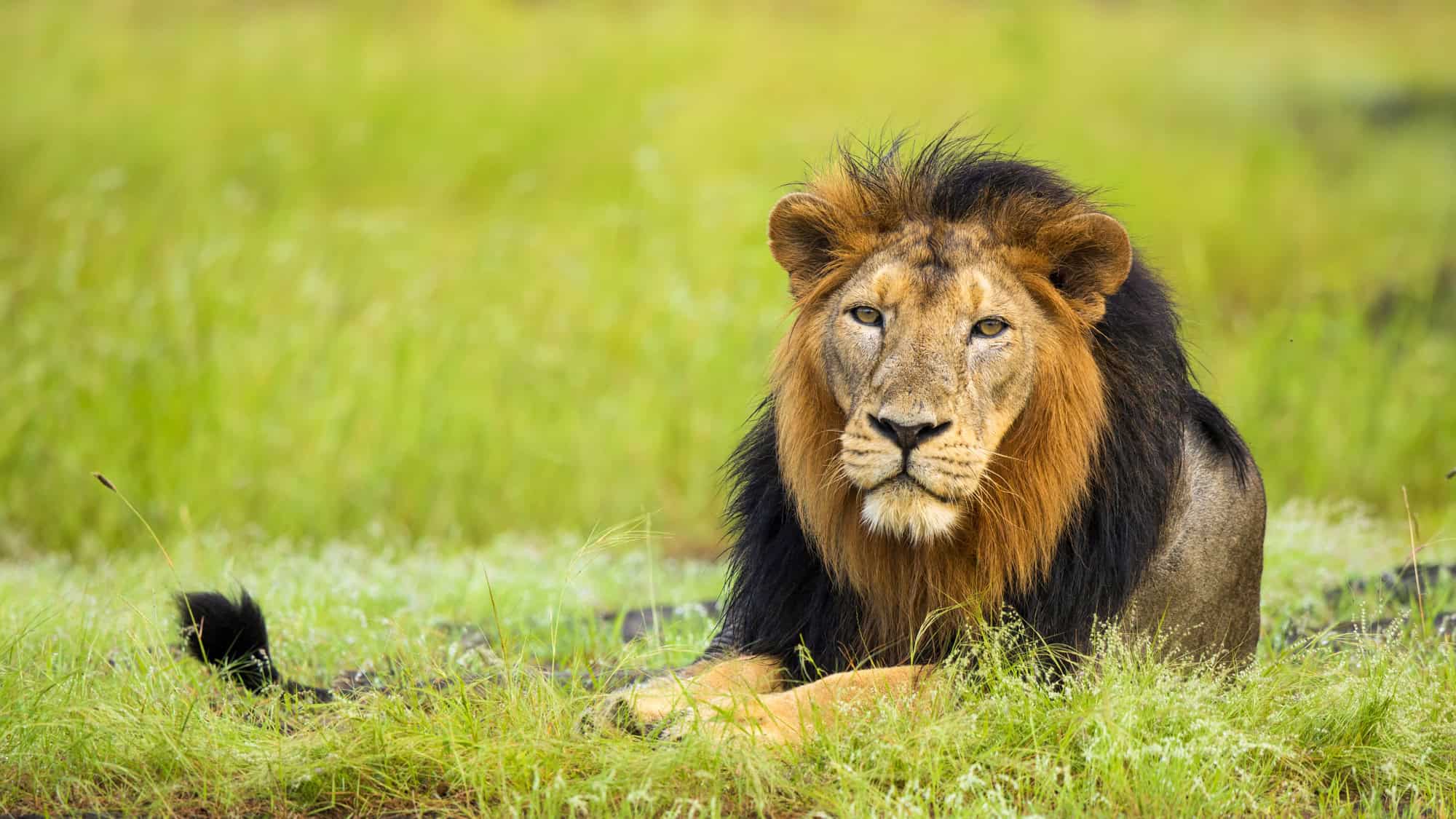
Sure, Africa’s got the lion’s share (pun intended) of these majestic felines, but did you know there’s also a plucky offshoot hanging out in India? Meet the Asiatic lion, holding its own in the Gir Forest region of Gujarat.
With around 900 in existence, they’re like the exclusive celebrity lounge of the lion world. But don’t expect them to crash African lions’ parties anytime soon. It turns out, they’re smaller, have less luxurious manes, and tend to live in tighter-knit groups. Think of them as the minimalist cousin who skipped the big hair phase and prefers a quieter life among the teak and acacia trees.
Still, they command respect in their own right, thriving in an environment most of their relatives wouldn’t dare tread.
The Mane As A Signal
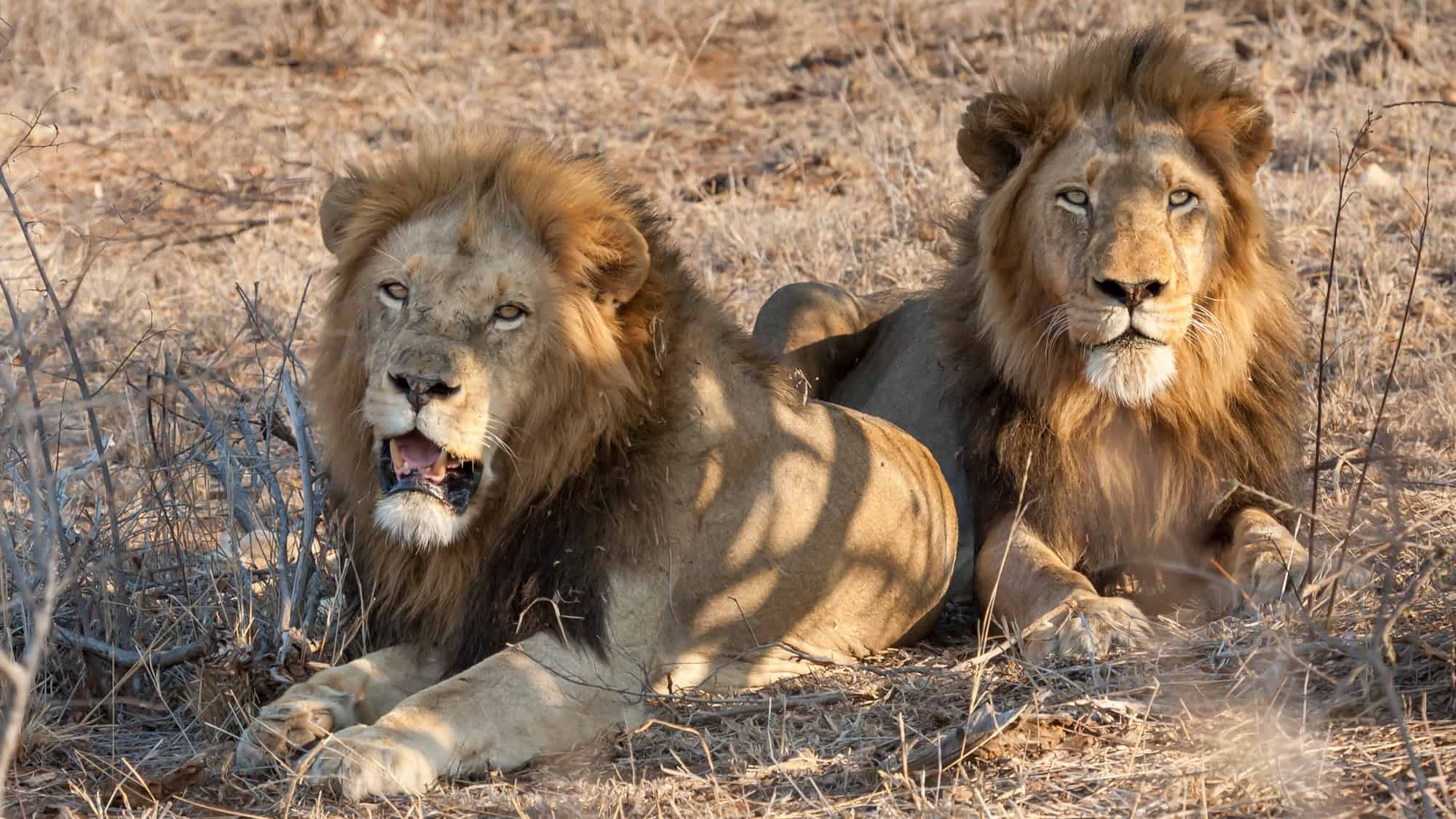
Lions are basically billboard-ready in the wild, and the mane is a walking ad that screams, “I’m the boss around here.” Growing up to 6 inches long, a lion’s mane isn’t just a fashion statement; it’s a whole fitness tracker for rivals and, of course, potential mates.
A full, dark mane says, “Top-tier genetics and ready to rumble.” But here’s a plot twist for you: not all male lions even grow manes.
Sometimes genetics, or even environmental factors like heat, hit the snooze button on mane development. And mane or no mane, they’ll still command respect. It’s a bald-is-beautiful situation, really; functional and formidable in every form.
Tree-Climbing Lions Exist
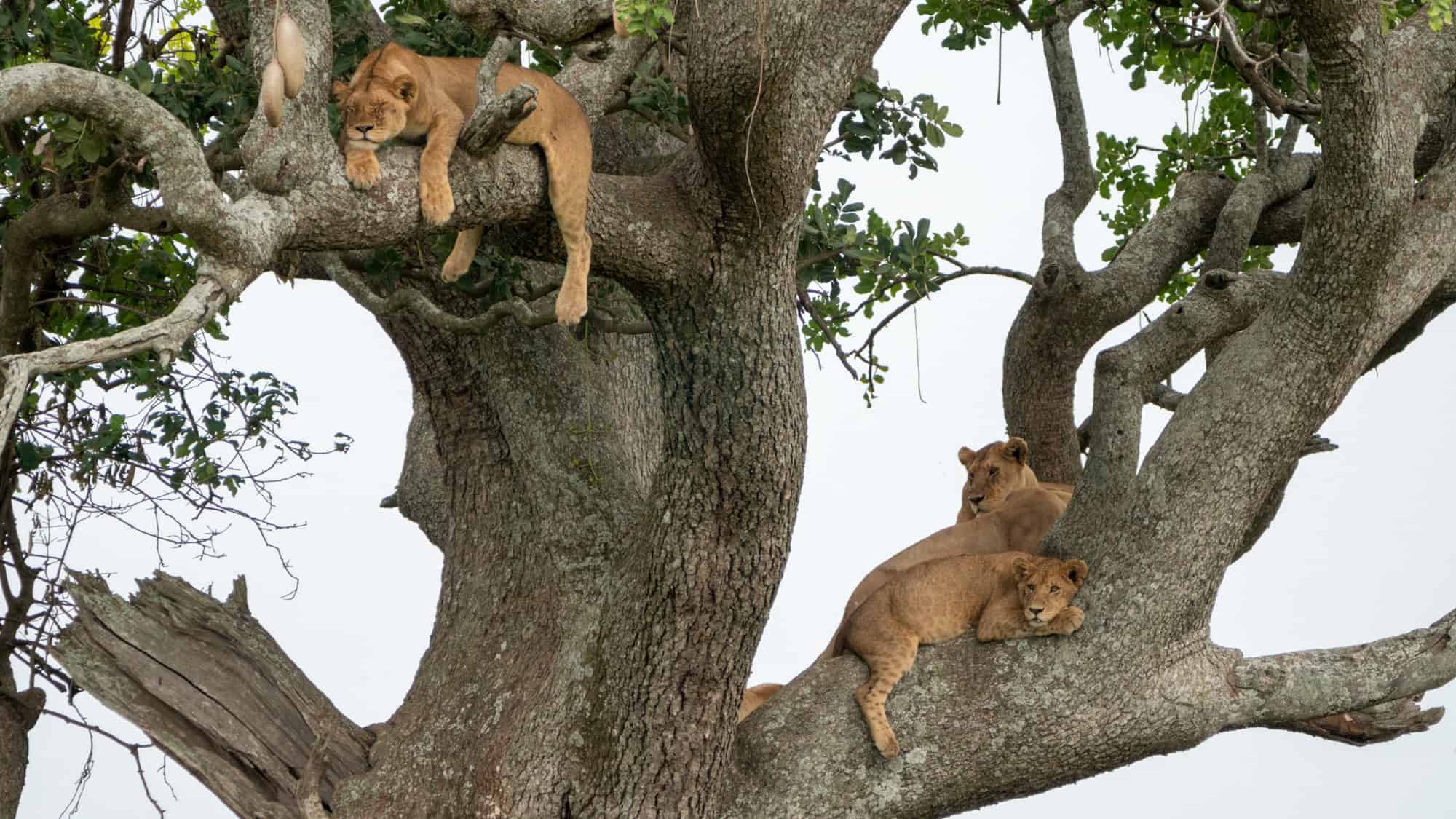
Lions in trees? Sounds like a dare gone wrong, yet in Uganda, some big cats are making branches their new singles’ lounge. These tree-climbing lions are more agile than you’d expect for animals that spend most of their lives sprawled like royal rugs.
Experts think it’s their way of escaping biting flies or enjoying a breezy nap. Honestly, nothing screams “vacation mode” like a perch with a view, am I right?! Watching a full-grown lion carefully scale a tree is both impressive and oddly relatable… like trying to get onto a really uncomfortable hammock.
But perhaps the most astonishing part is that they actually manage to look regal doing it. Ugandan lions are serving up both survival skills and surprises, one branch at a time.
Powerful Cats But Not The Biggest
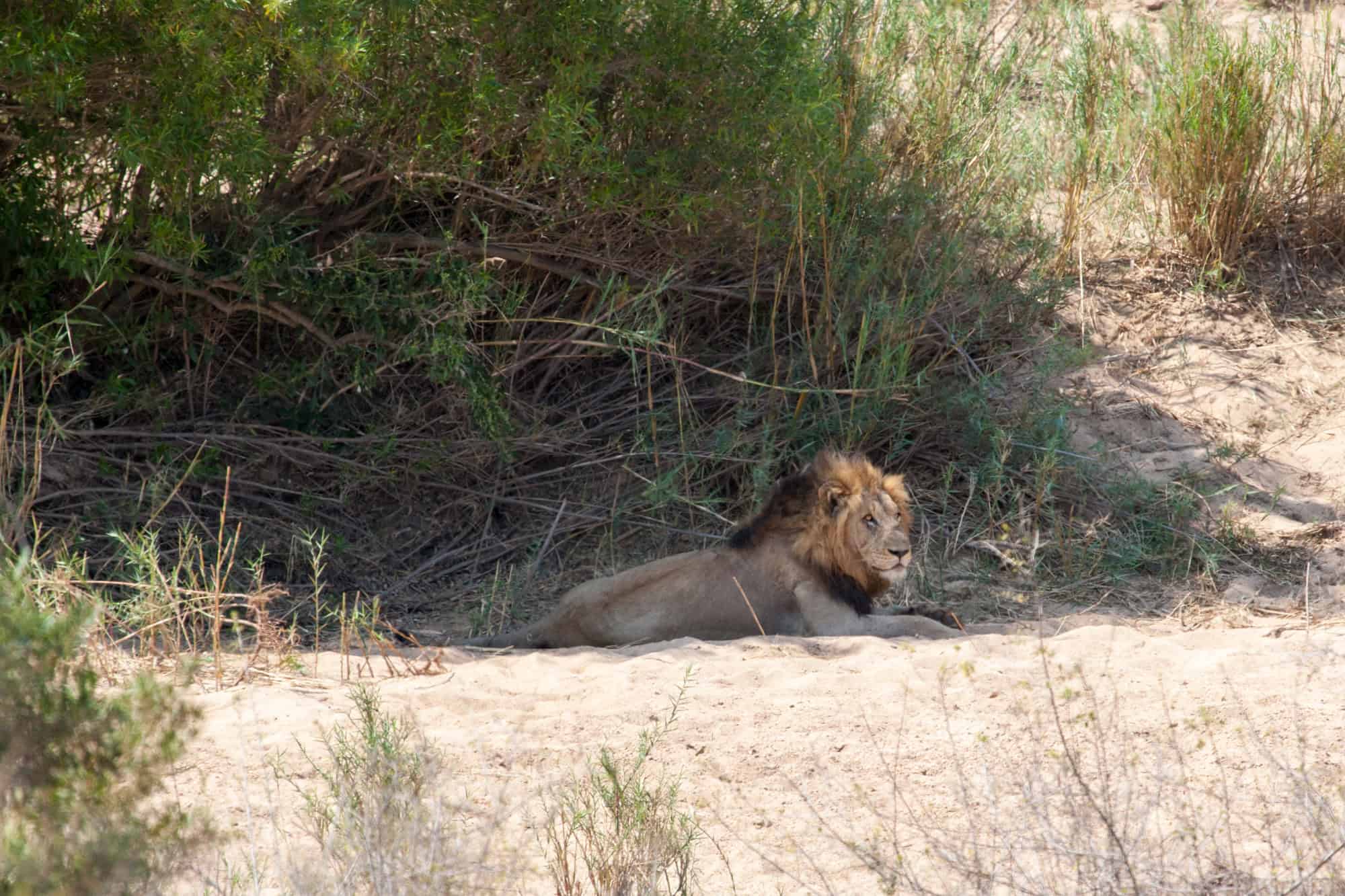
If you’re banking on lions to win the title of “bulkiest big cat,” keep walking. They’re built more for efficiency than excess. Males can tip the scales at up to 420 pounds, while females average a lean, mean 280 pounds.
They cede the heavyweight championship to tigers, but don’t mistake that for weakness. Lions are strategic muscle machines, combining a bite force stronger than your worst Monday migraine (over 650 PSI!) and teamwork that would put your last office group project to shame.
With their coordinated hunts, they can bring down animals as large as buffalo, which makes their slightly smaller size seem less like a drawback and more like sleek, calculated brilliance.
Cubs Start With Spots
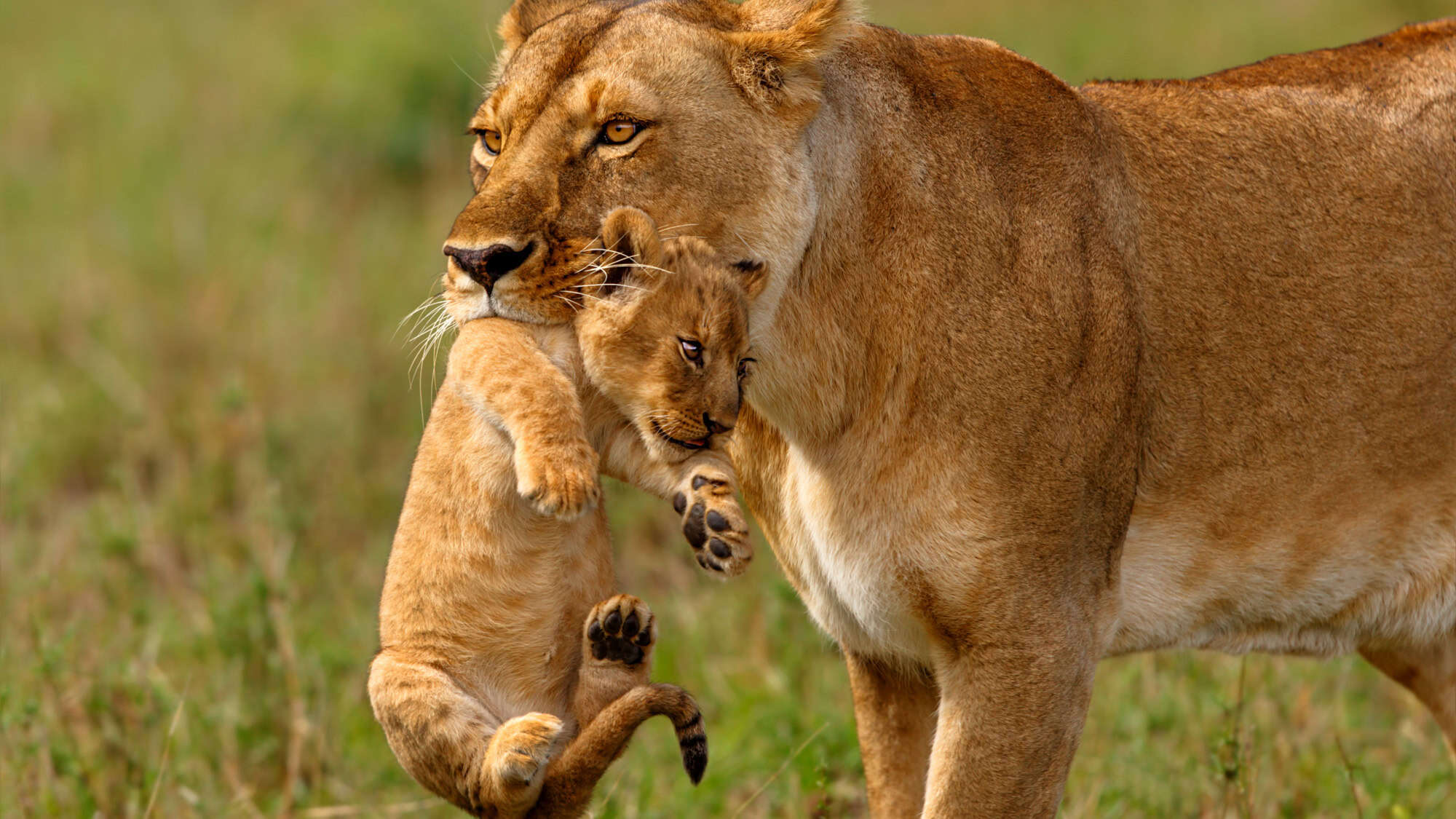
Lion cubs enter the world with spots that could rival the trendiest polka-dot scarves. And these temporary markings aren’t just for cuteness overload; they provide some much-needed camouflage.
While Mom is off grabbing dinner (read: taking down a wildebeest), those spots make the little ones blend perfectly into the dappled light of their surroundings as they hide in the brush. But don’t get too attached to this cute phase; those too-cool-for-school patches fade as the cubs grow, leaving behind the golden coats we all know and love.
It’s almost like lions were made for a dramatic “before-and-after” montage, going from adorably spotted fluffballs to sleek jungle royalty.
Surviving On Prey Alone
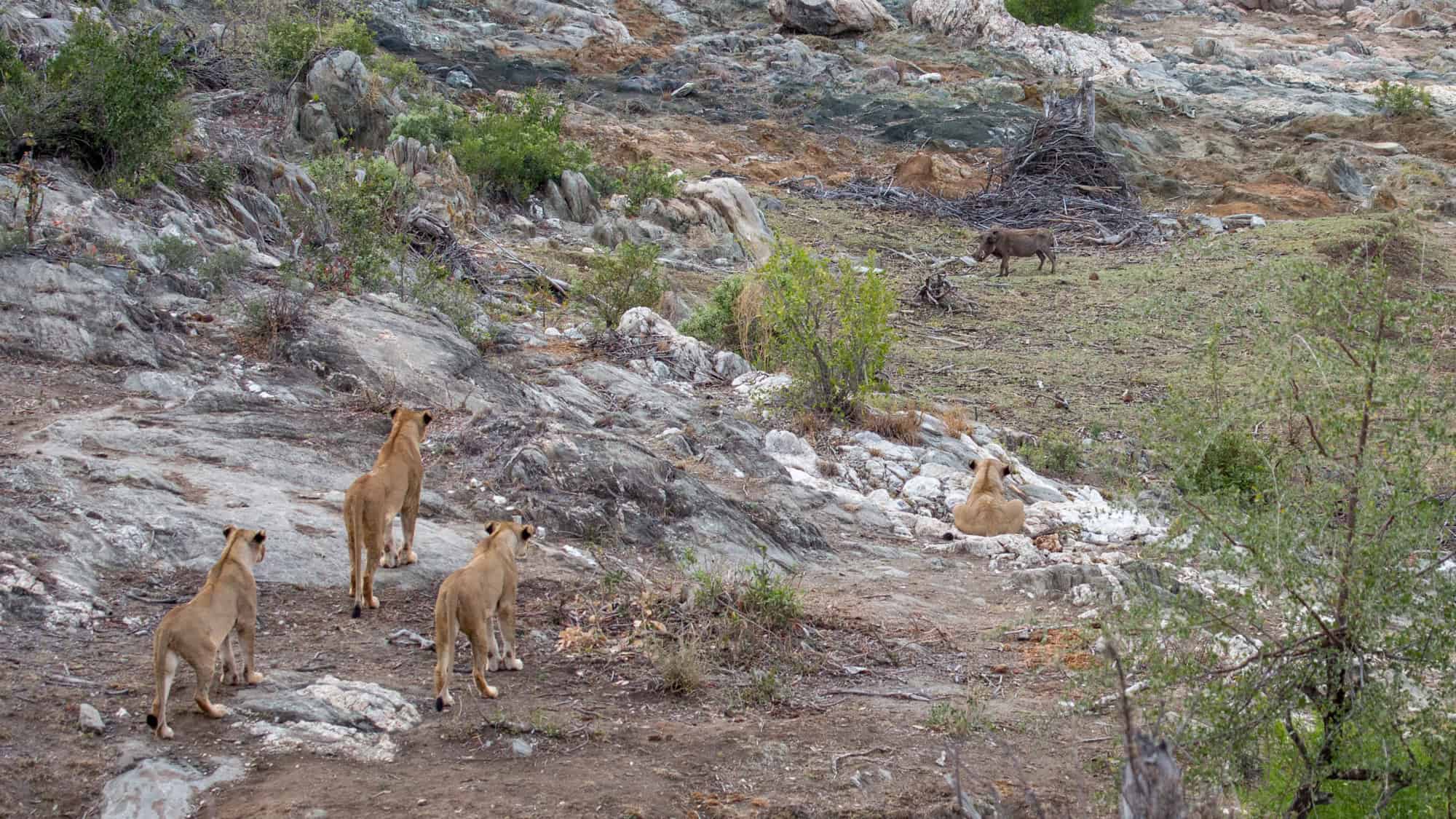
Fancy yourself a hydration expert who never skips a water bottle? Lions would laugh at your dependence. Female lions, in particular, are hydration powerhouses, soaking up most of their water straight from the bodies of their prey.
Forget lingering rivers; after a successful hunt, they’re good to go for days. It’s a survival trick that feels part genius, part terrifying efficiency.
And if male lions had Olympic events, they might medal in “doing the least.” While lionesses handle most of the hard work, the boys are occasionally caught lounging with their prize dinners. But hey, hydration is built in, so who’s to judge?
Roars That Travel For Miles
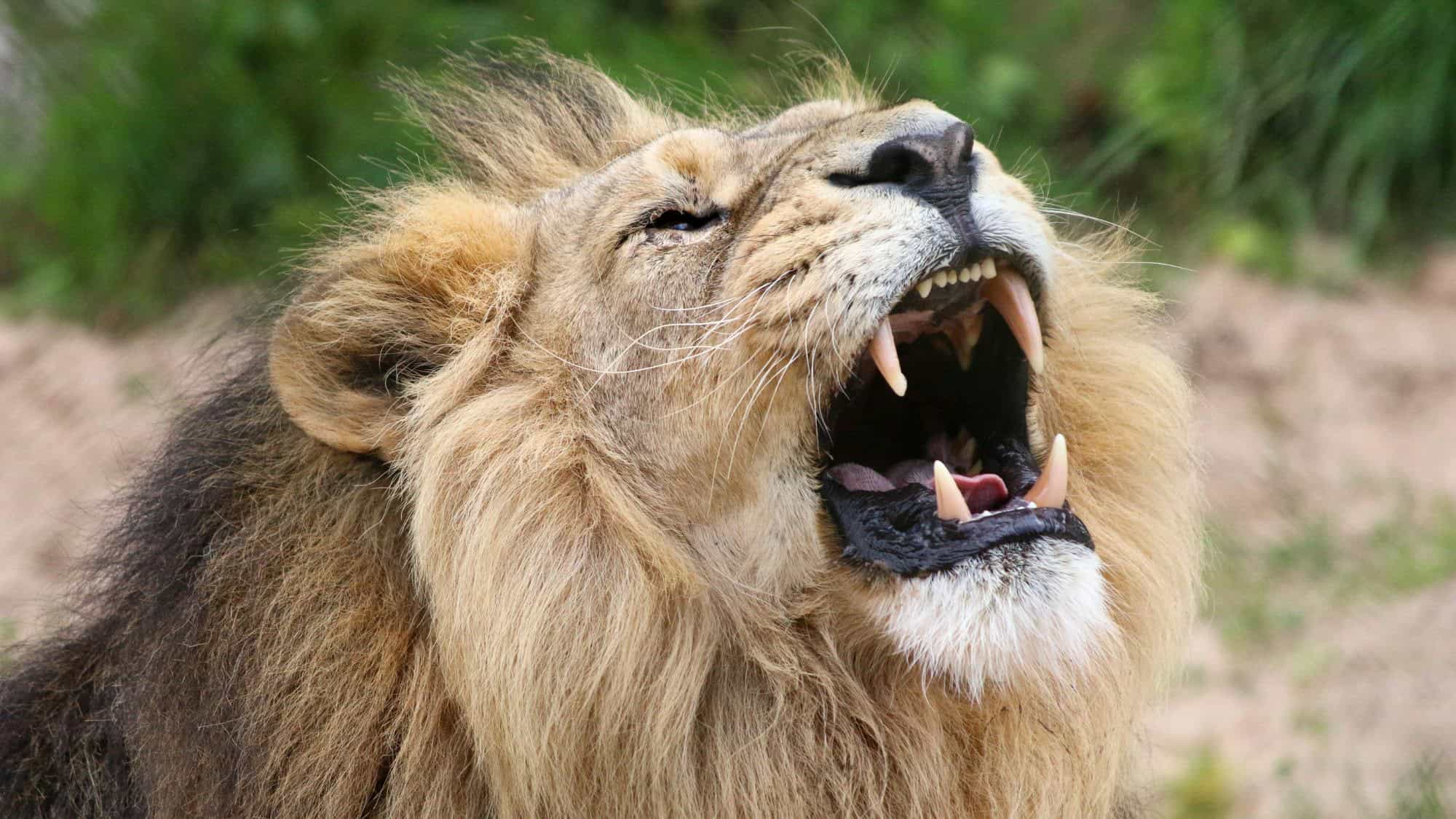
Lions don’t just roar, they broadcast. At 114 decibels, their thunderous bellows pack more punch than a chainsaw and travel up to 5 miles, which, honestly, seems a bit excessive. Are they trying to file a noise complaint or secure lead vocals in nature’s loudest rock band?
These roars aren’t just dramatic sound effects, though; they’re high-stakes announcements. A lion’s roar says, “This is my turf, and I’m not sharing,” or rallies the pride like a motivational coach before game day.
Neighboring lions hear that sonic boom and know to stay in their lane, or risk dealing with the furry owner of the vocal cords. It’s safe to say that if lions lived in suburbs… they’d be the reason for HOA sound ordinances.
Lion Populations Are Shrinking
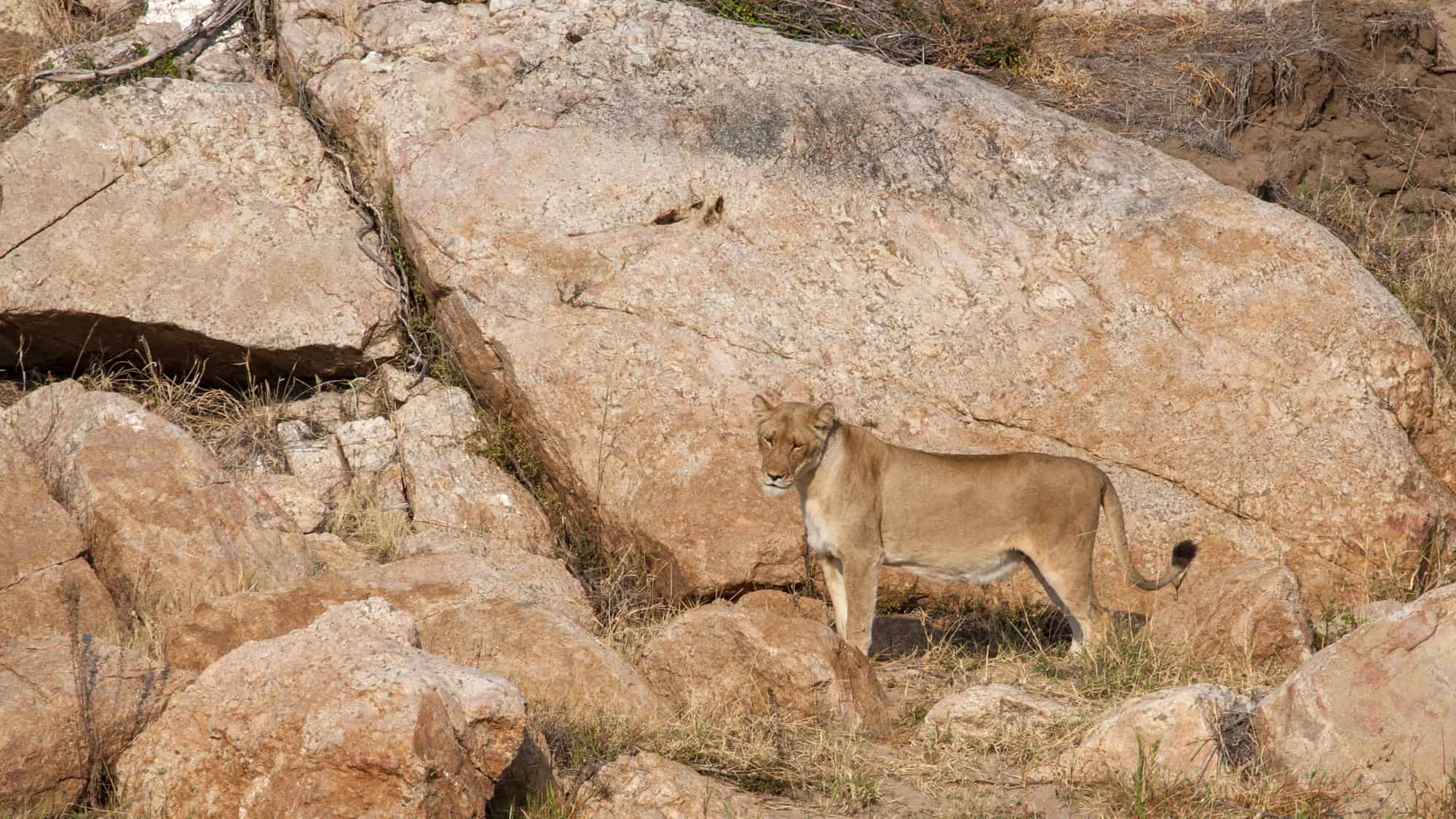
Once kings of sprawling savannahs, lions now rule over far fewer territories, with fewer than 24,000 left in the wild today. That’s not a typo, it’s a heartbreaking plummet from the hundreds of thousands that roamed ancient landscapes.
Human activity has taken a massive bite out of lion populations, with habitat loss and poaching leading the charge. Conservation groups are fighting to preserve them, but it’s like trying to save the guest of honor at a very, very dangerous dinner party.
The good news? Protected areas and breeding programs are giving lions a fighting chance. Still, the wild looks emptier without the swagger of these big cats prowling around. So the next time you see a cuddly lion toy, remember the real ones might not be roaring forever.
Poaching Is Still A Threat
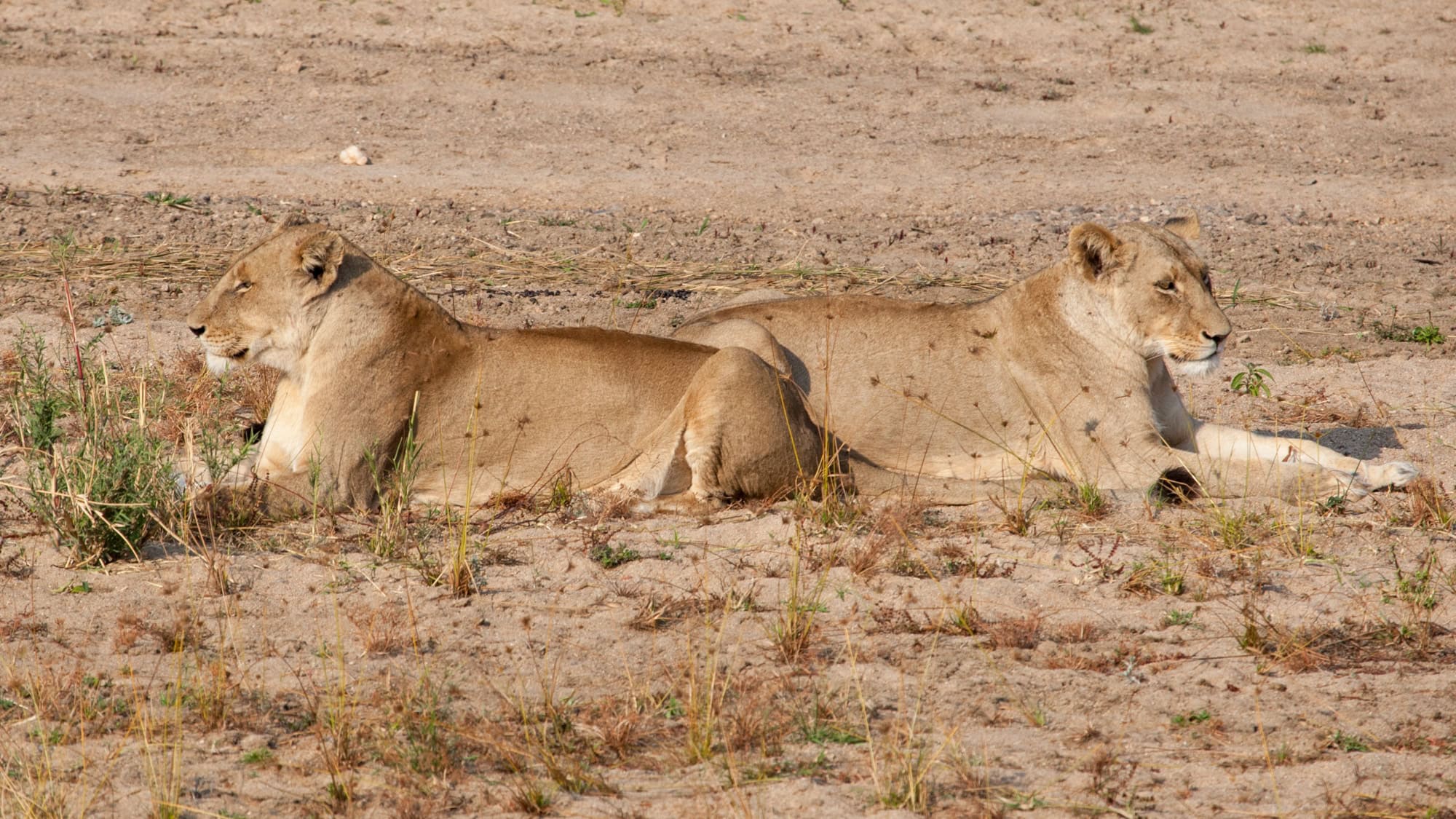
To add to what we just said about lion populations shrinking, it is important to note that around 600 lions are illegally killed each year (either for trophies or body parts used in traditional medicine). It’s like a dangerous list no one asked to be on. And having the king’s crown doesn’t save you from crowns of trouble, unfortunately.
Although protections exist, enforcement can be shaky, and greedy poachers always seem to find a loophole. The impact isn’t just on lion families but entire ecosystems that rely on their role as apex predators to keep things in balance.
Conservationists are cracking down harder, but erasing poaching is proving as tricky as convincing a house cat to take a bath. Give lions a fighting chance by supporting anti-poaching efforts and ethical tourism to help protect these legendary creatures so they can roar another day.
The Only Social Big Cat
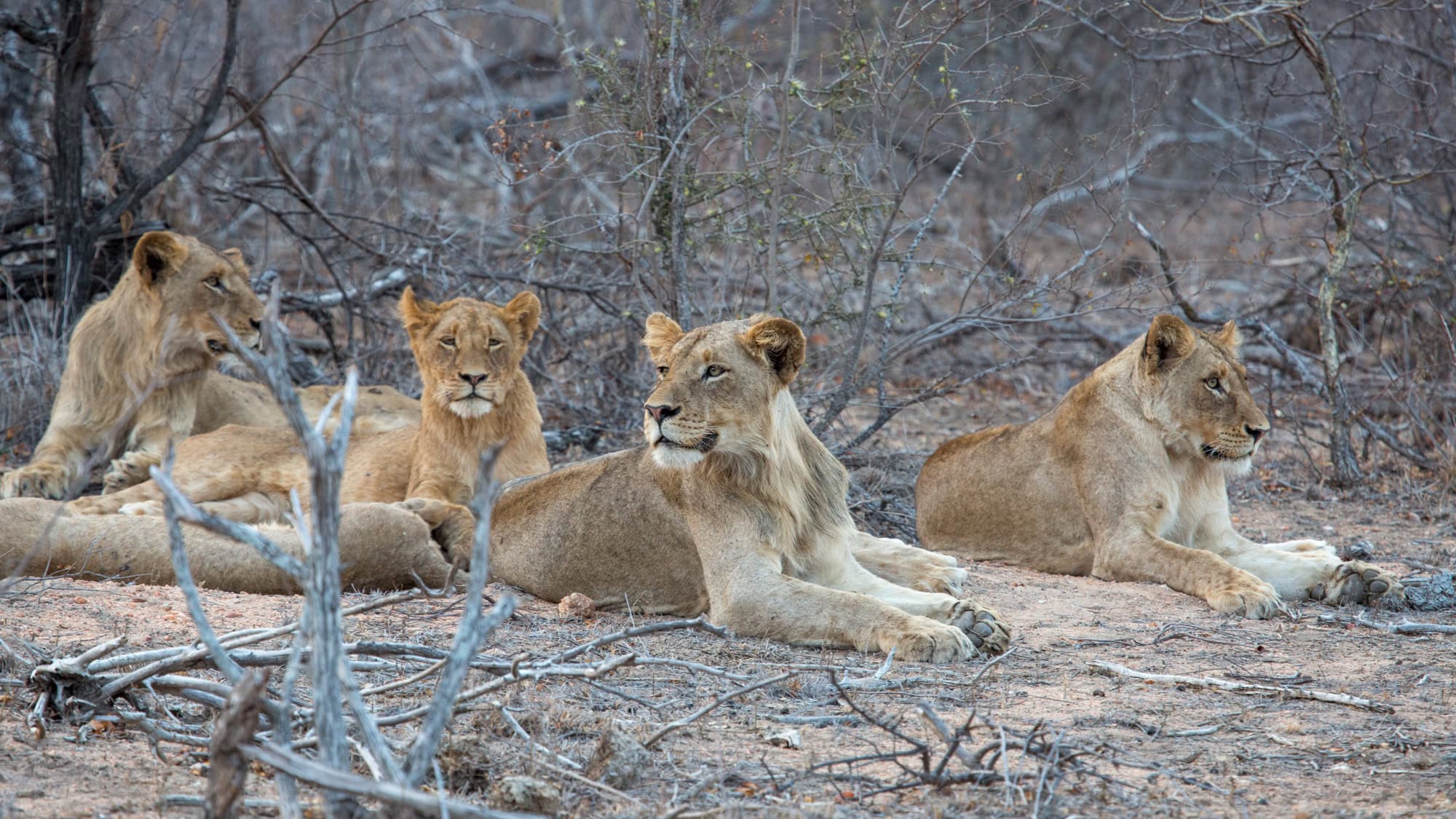
This just in: lions are the extroverts of the big cat world. Unlike tigers or leopards, which prefer dining alone and skipping family reunions, lions live in tight-knit social groups known as prides.
A standard pride includes up to 30 lions, which is either cozy or slightly claustrophobic, depending on who’s doing the hunting that day. And prides usually revolve around a group of related lionesses, their cubs, and whatever males manage to stick around.
Sharing responsibilities is their thing, from hunting in sync to babysitting the cub chaos. But when food and water are scarce, even the sharing stops (a reminder that in the wild, dorm-room-style living conditions occasionally lead to claw disputes).
Sprinters, Not Marathoners
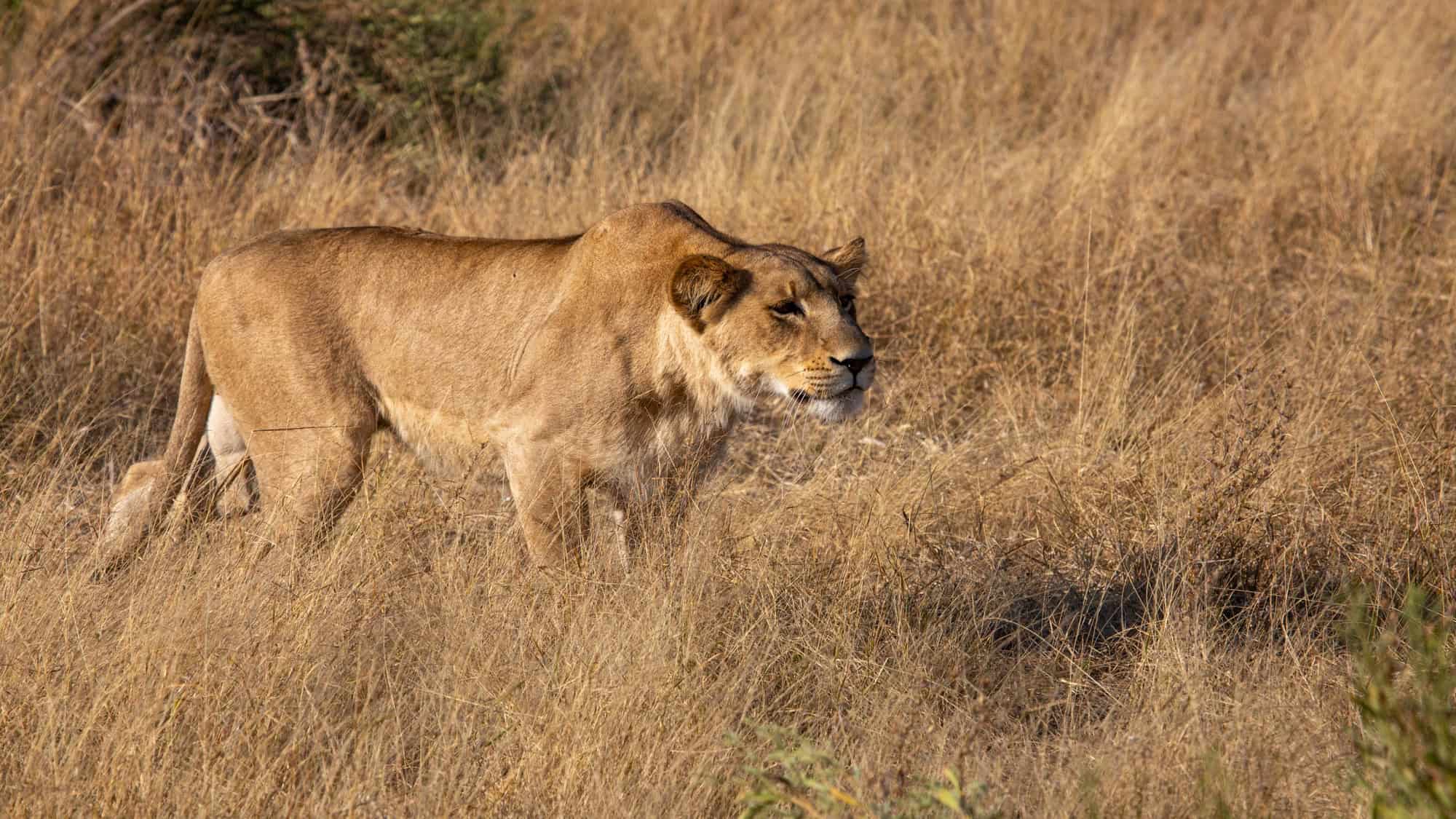
When it comes to sprinting, lions are the Usain Bolts of the savannah (but with more fur and a bigger appetite). These cats can reach speeds of up to 50 mph, but only for short bursts. Why? Because running that fast is exhausting, and lions didn’t sign up for a 10k.
They’re built for explosive chases, not long-distance jogging. Their muscular bodies and powerful hind legs give them the edge during that initial surge, but their endurance is… well, nonexistent. So if they don’t catch their prey within a few seconds, it’s game over. Talk about a high-stakes chase.
But it’s all part of their strategy: save energy, hit hard, and avoid wasting time with unnecessary cardio. Turns out, even kings of the jungle know when it’s time to quit while they’re ahead.
Masters Of Rest
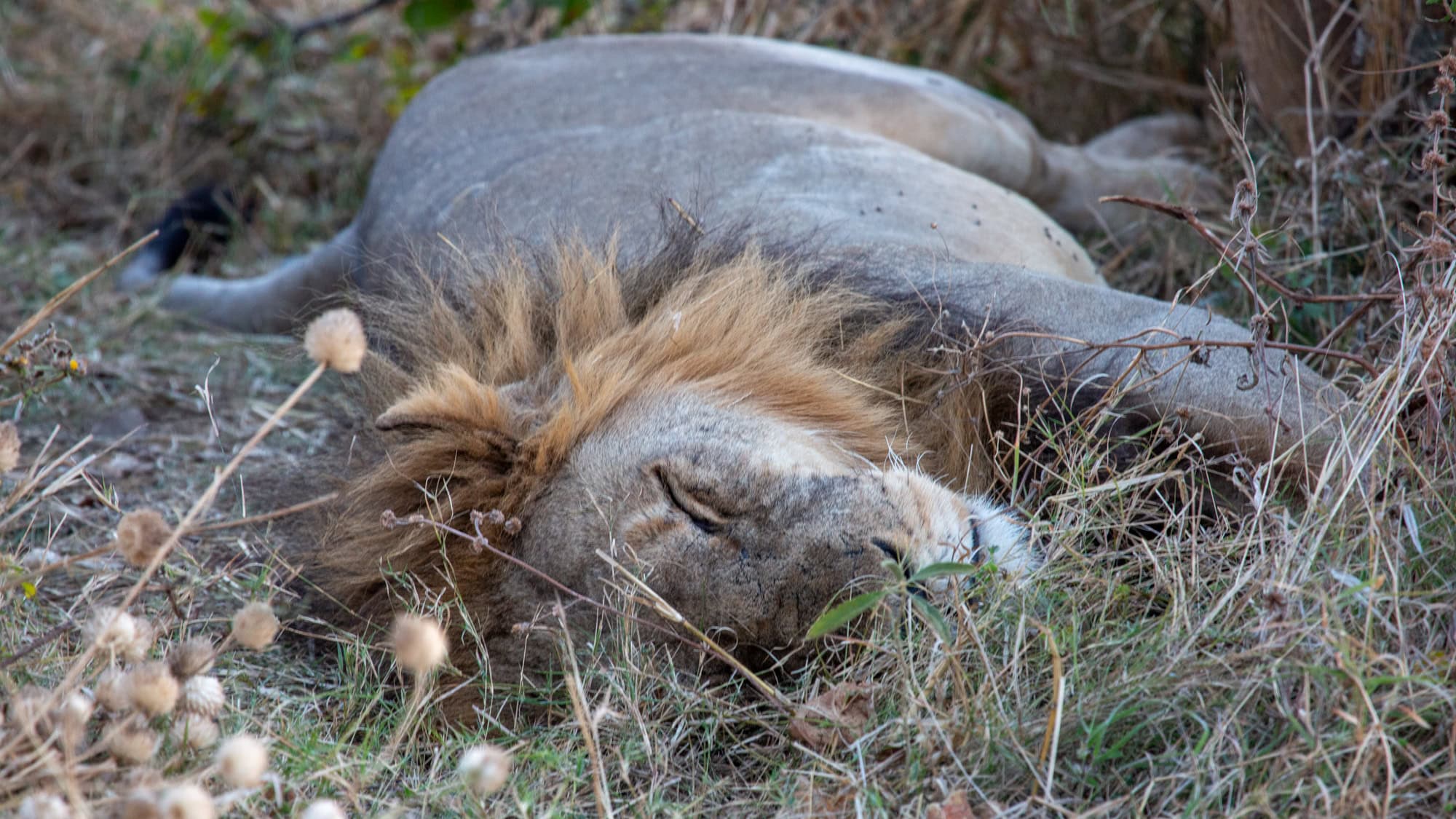
Now here’s a talent worth envying: lions can snooze for up to 20 hours a day. Yep, that’s right. Twenty. So that nap you accidentally took last Sunday has nothing on these big cats.
But there’s more to it than just laziness. Lions are masters of energy management. Since hunting is typically reserved for cool nights or early mornings, these regal beasts spend the rest of their time lazing in the shade, digesting meals, or occasionally batting at flies with an air of apathetic royalty.
This epic lounge fest ensures they’ve got the stamina to pounce when the time is right. Plus, who wouldn’t want to relax after wolfing down 70 pounds of wildebeest? If napping were an Olympic sport, lions would own all the medals (and maybe charge everyone else to watch).
Lionesses Share Parenting
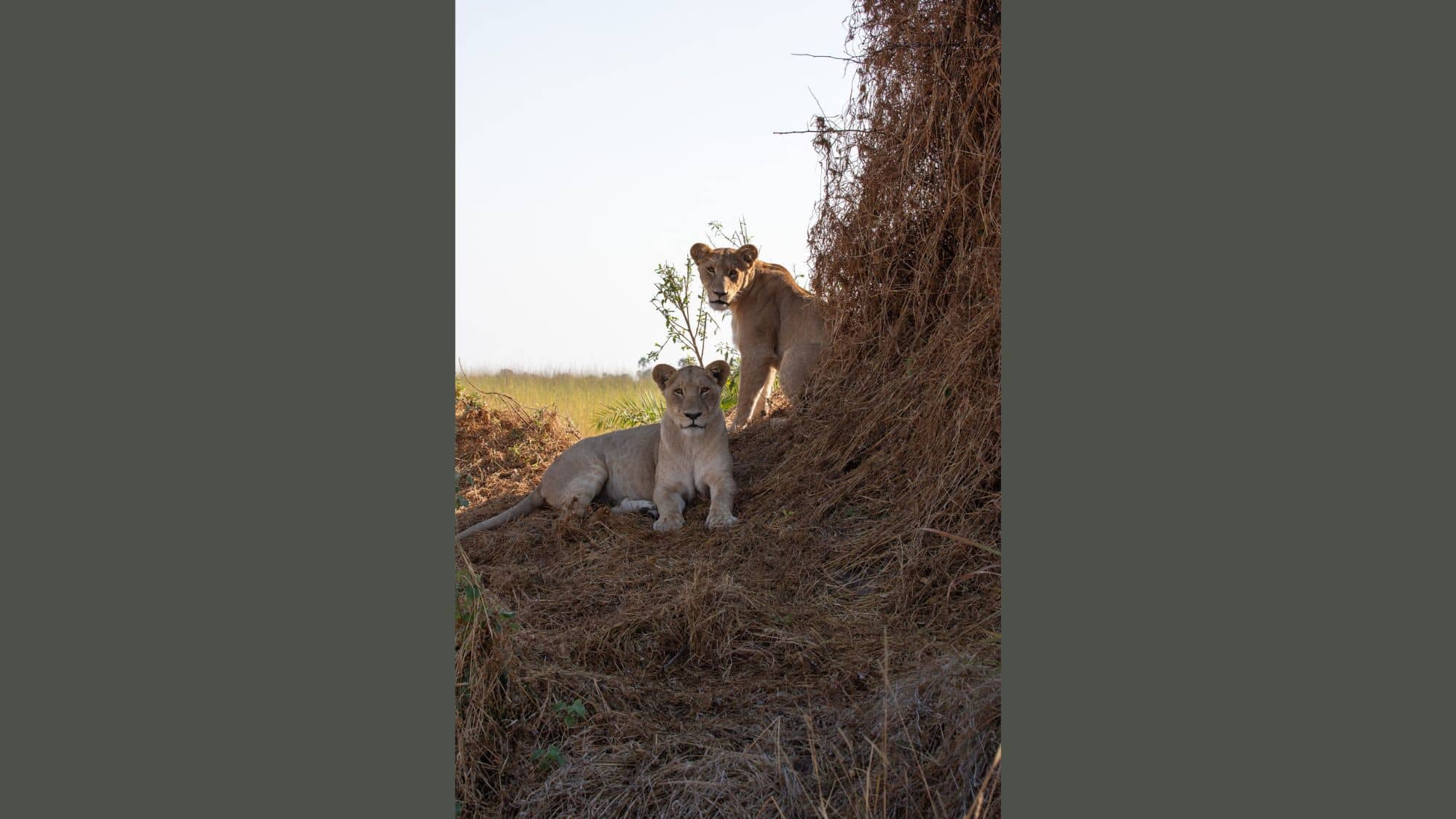
Turns out, it takes a pride to raise a cub. Lionesses have got this whole cooperative childcare thing completely figured out. Among the pride, females will pitch in to look after one another’s little ones, like an exclusive feline daycare.
It’s not even uncommon for lionesses to nurse cubs that aren’t their own, which is pretty revolutionary in the animal kingdom. And this communal effort increases survival rates for their young (and possibly helps moms snag a few more of those epic naps).
While the dads do, well, not much in this department, the lionesses make up for it with their teamwork. Forget PTA meetings; these fierce moms have created a system that works. Future cubs of the savannah can thank them for keeping everyone fed, safe, and thriving.
Unique Roars
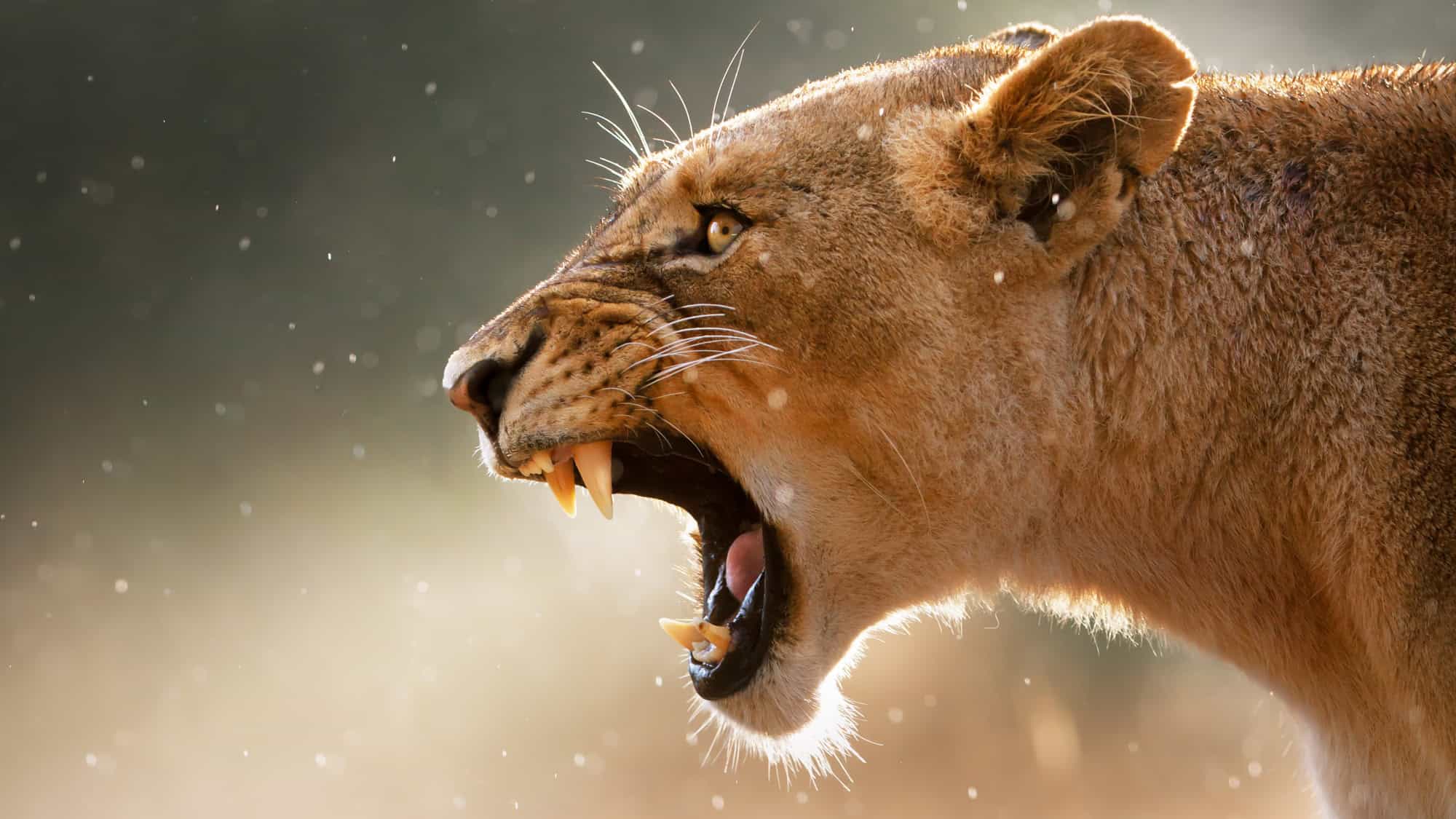
Lions are nature’s audio fingerprint specialists. Each one has its own distinct roar, a vocal signature that sets them apart from the pride like they’re auditioning for a wildlife symphony.
Think of it as their form of karaoke, except instead of belting out ballads, they’re belting out territory claims and family roll calls. Scientists have discovered that these unique roars allow lions to recognize each other across vast distances… which is important when the savannah can stretch farther than your last vacation itinerary.
It’s kind of genius when you consider the chaos that could ensue without this feature. Personal roars ensure no lion ends up gatecrashing someone else’s dinner plans uninvited. They’re not just growling; they’re broadcasting “it’s me, the OG king of this patch!” with precision.
Record-Breaking Swim
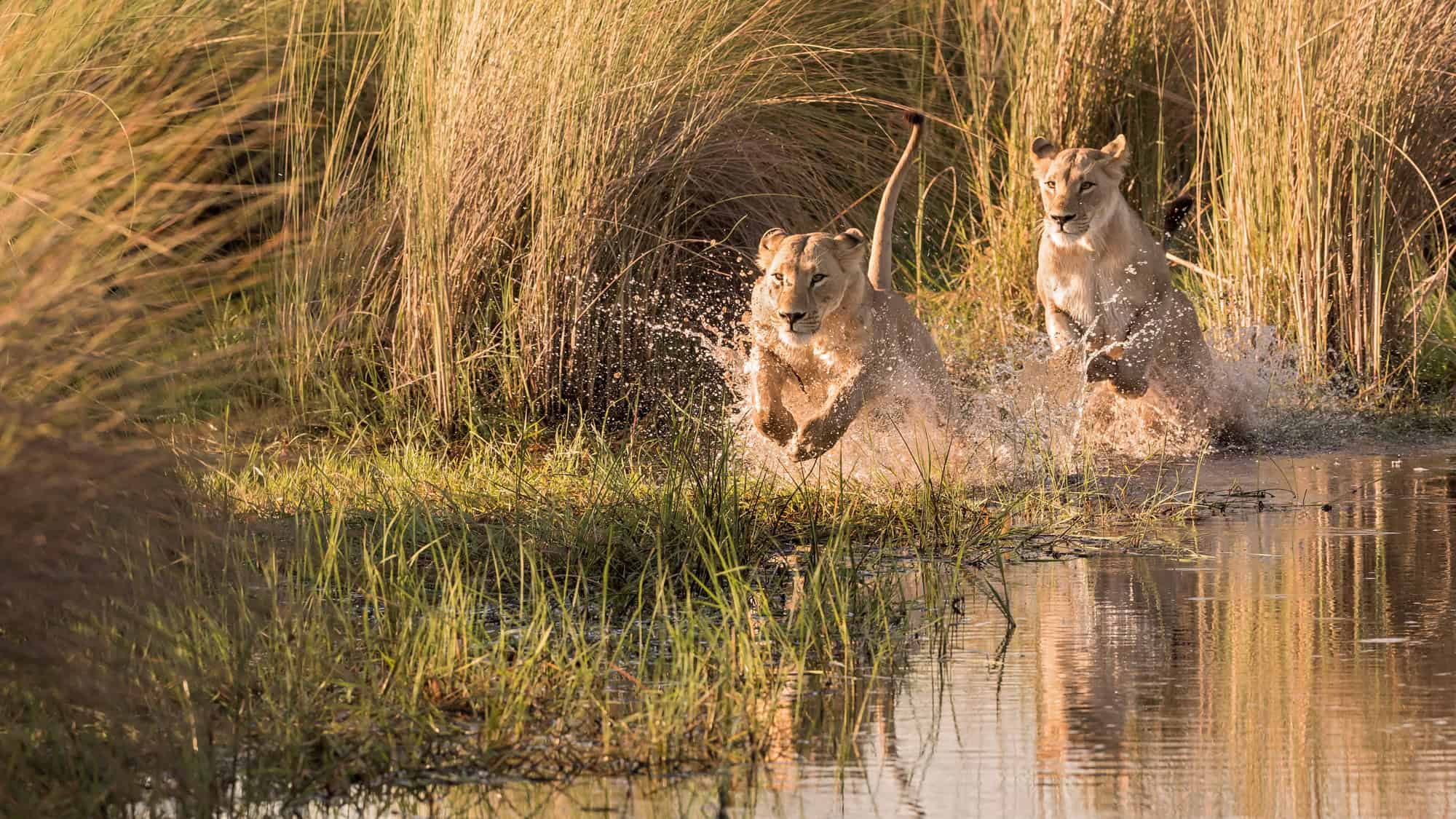
Public transportation? Who needs it when you’re a lion with determination? Two Ugandan lions once swam nearly a mile across crocodile-infested waters to meet their potential mates. And to make things even more dramatic, one of these lions managed the feat despite missing a leg. Talk about being committed to love!
Ambitious and fearless, these big cats clearly didn’t skim the chapter on “survival odds” in the wildlife manual. And while most of us might hesitate at a slightly chilly pool, these lions paddled through treacherous waters where the dinner table might include them.
It’s a reminder that sometimes love (or the primal urge to grow your pride) is worth the risk of encountering a crocodile with a dinner-party grin. Your worst date stories don’t even come close.
Lion Lights Save Lives
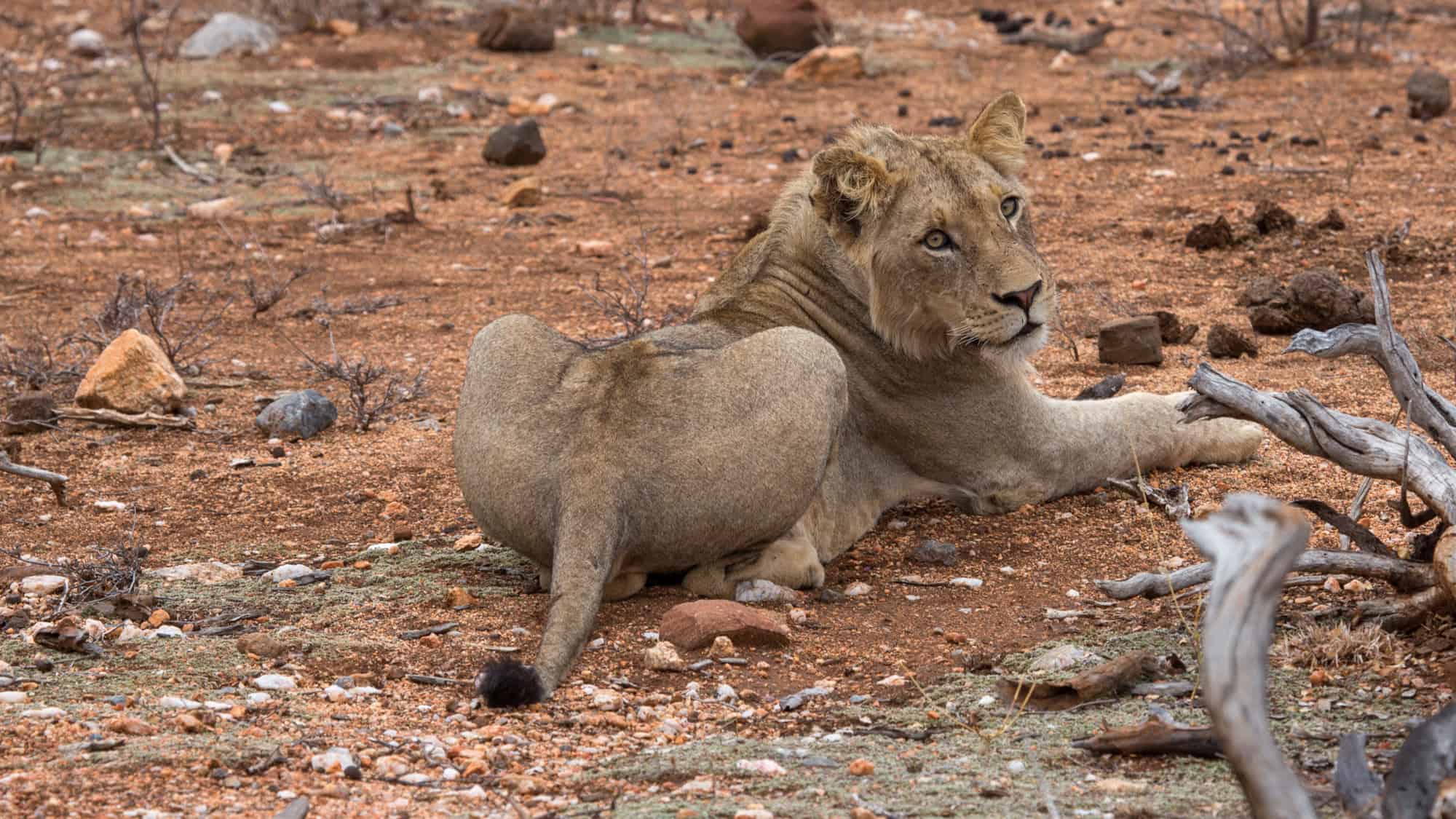
Lions may be apex predators, but even kings can be humbled by a crafty invention. Enter lion lights; blinking devices invented in Kenya that protect cattle from prowling lions eager for a midnight snack.
The beauty of this simple idea lies in fooling these fierce hunters into thinking they’re being watched by humans (spoiler: they hate that). And it works. Cue a life saved for dinner-loving cows and the lions dodging retaliation from angry farmers.
It’s a win-win of epic proportions, like a mutual “no hard feelings” agreement between species. Who’d have thought a little blinking light could restore the balance between farmers and lions? It’s proof that even in the animal kingdom, conflict resolution benefits from a dash of creativity and a flicker of light.
Like Our Content? Follow Us on MSN (or click the Follow Button above) for more from Discover Parks & Wildlife.
12 Intriguing Facts About Elephants You’ll Be Surprised to Learn
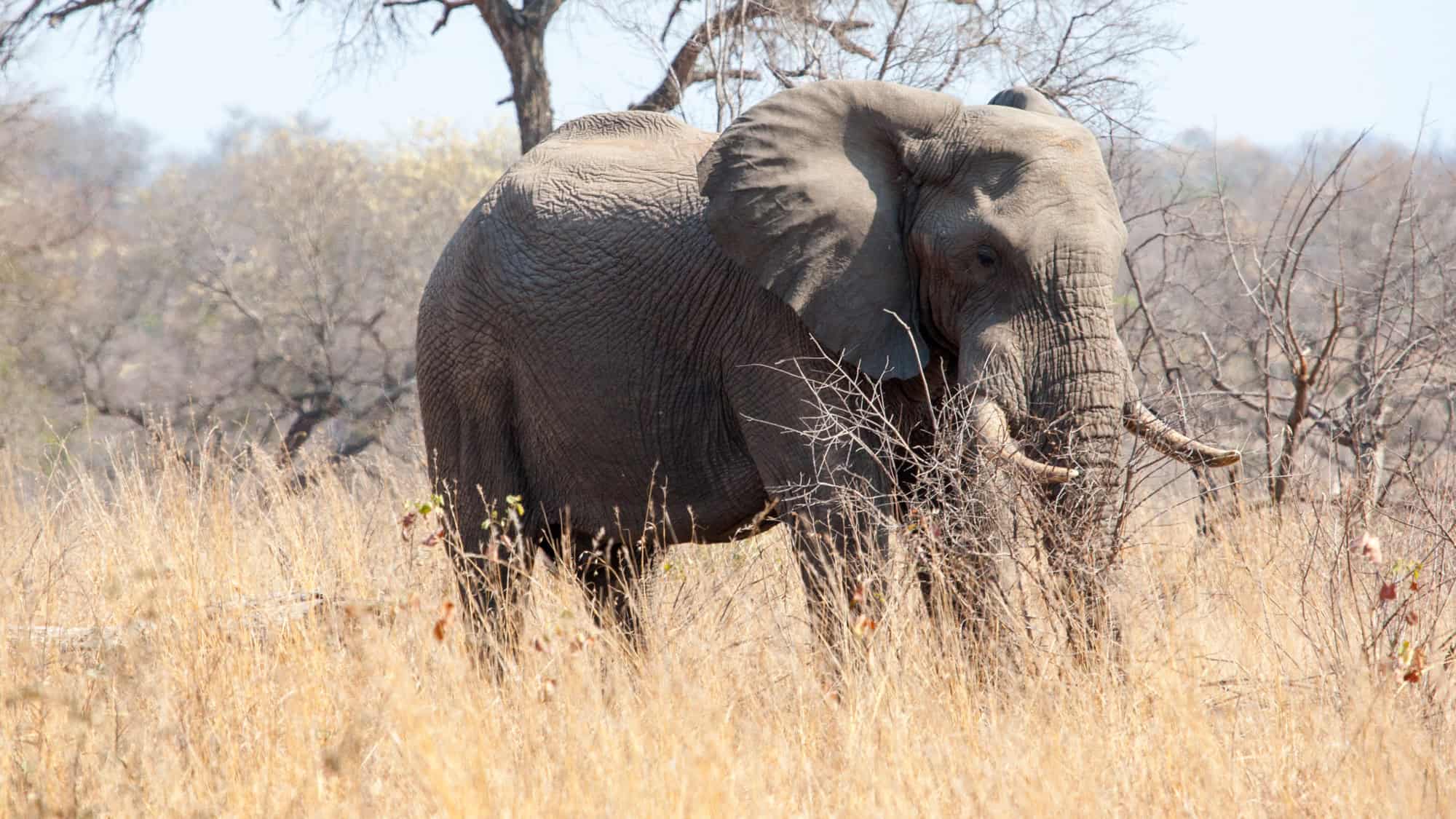
Think you know everything about elephants because you’ve seen a couple of documentaries? Prepare for your mind to be stomped on by a parade of jaw-dropping facts that’ll make you wonder if these gentle giants are secretly running the world.
12 Reasons Monkeys Are More Amazing Than You Thought
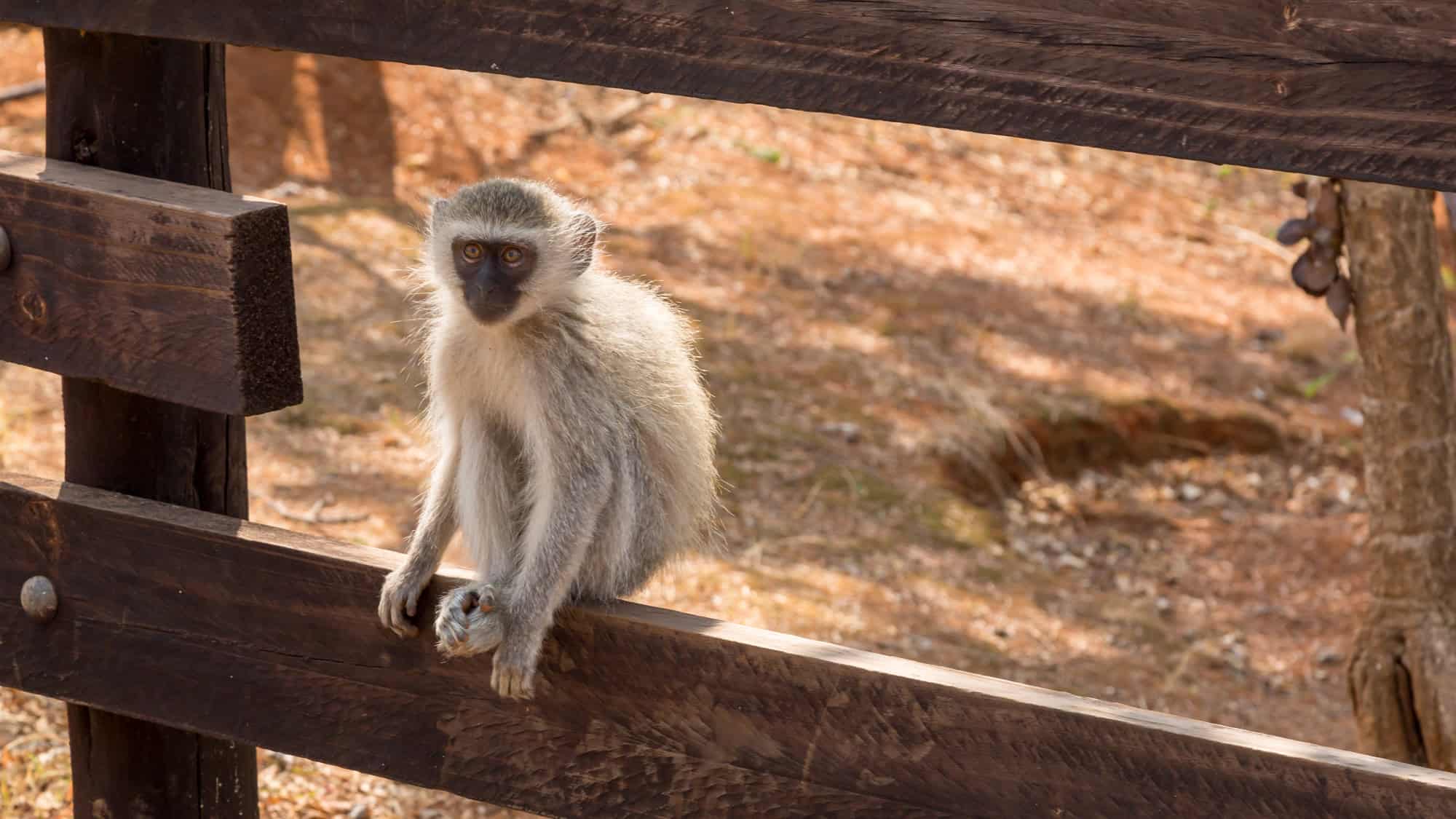
Get ready to have your mind monkey-blown with facts so intriguing that you’ll be swinging through your next trivia night like a pro.
13 Scariest Underwater Monsters You Could Encounter And Why They’re the Stuff of Nightmares

Think land predators are terrifying? Wait till you see what’s plotting below the waves. Dive in if you dare!






